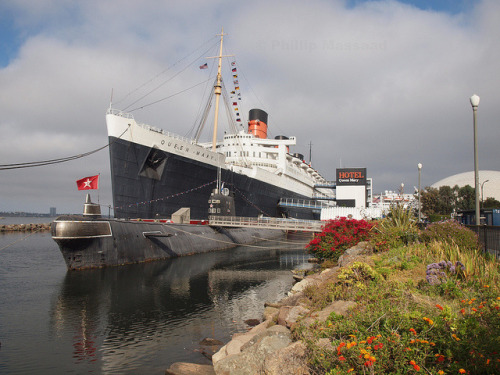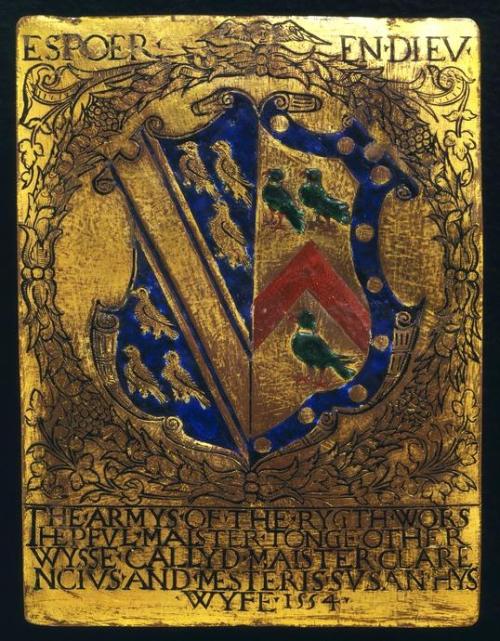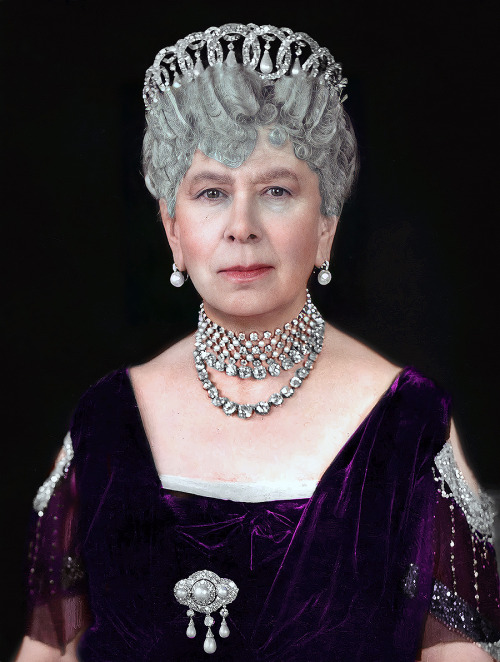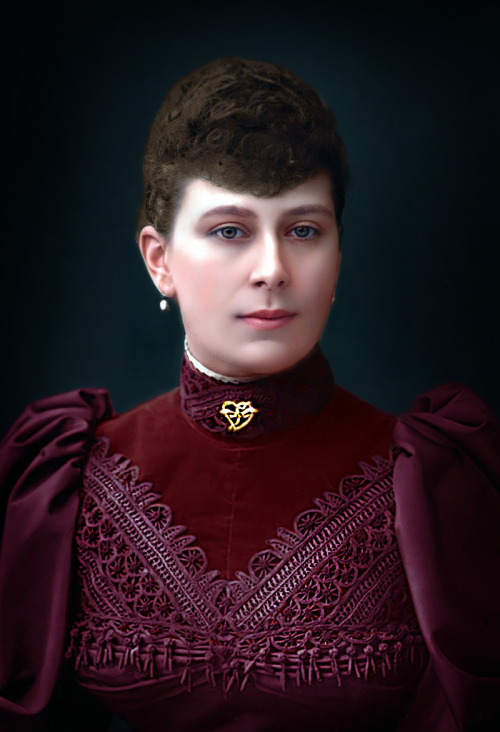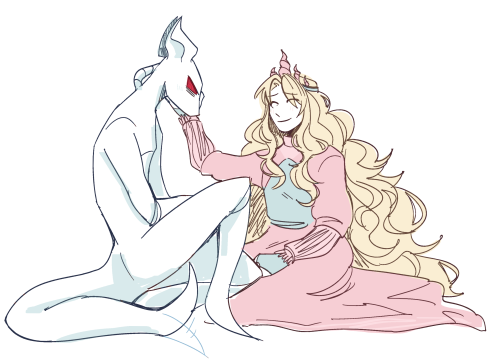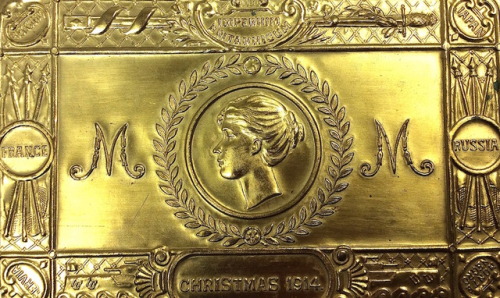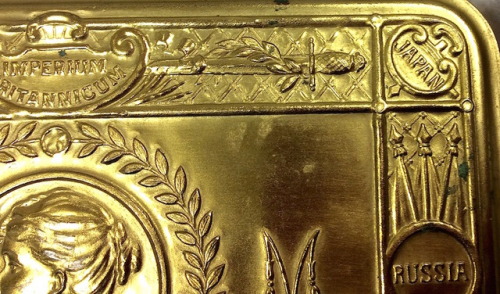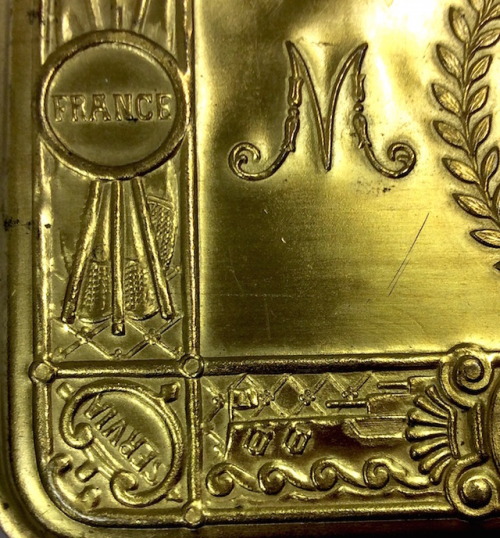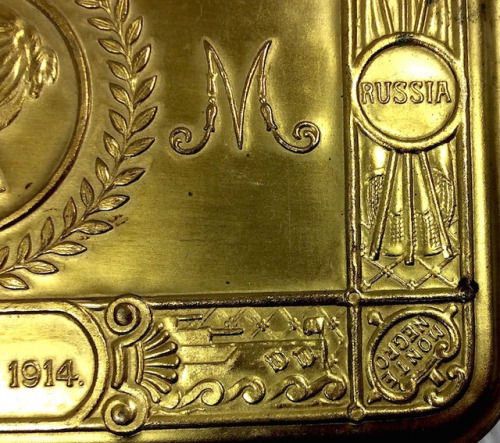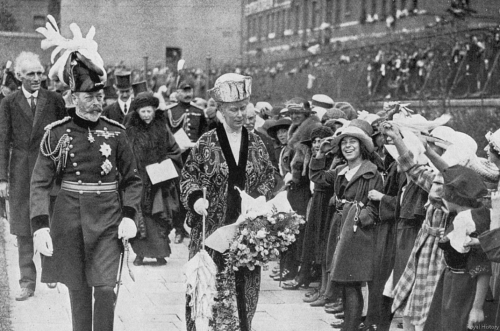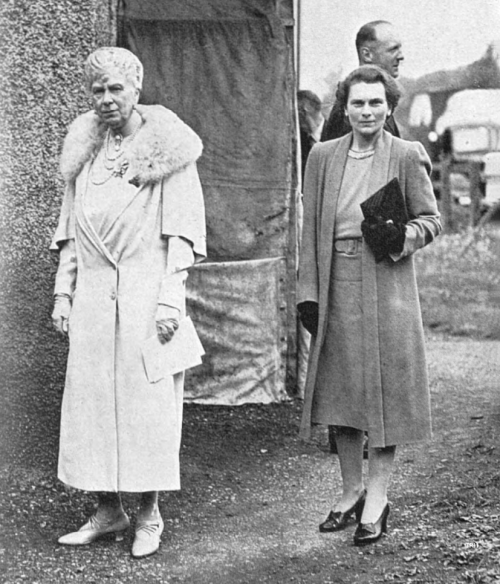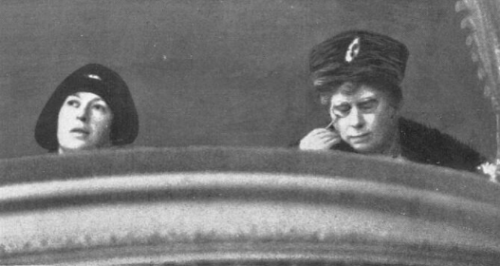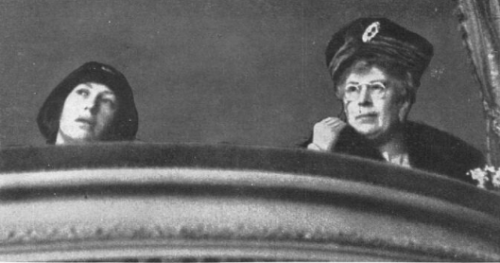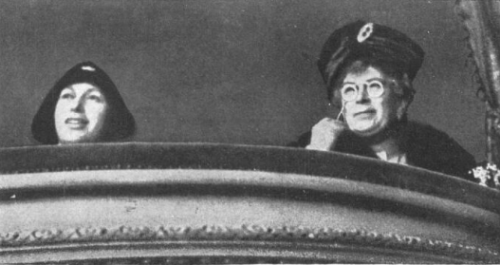#queen mary
RMS Queen Mary in Long Beach, California. This once famous luxury cruise liner was converted in a hotel in 1967, but many passengers and crew members from its sailing days still haunt the ship. The…
Post link
Memorial plaque, champlevé enamel on copper, H 17.2cm x W 13.3 cm.
“THE ARMYS OF THE RYGTH WORSHEPFVL MAISTER TONGE OTHER WYSSE CALLYD MAISTER CLARENCIVS AND SVSAN HYS WYFE 1554”.
This inscription refers to Thomas Tonge, Clarenceux King of Arms (died 1536) and his widow Susan Tonge (née White), also known as Susan Clarencius (died circa 1564), Mistress of the Robes to Queen Mary I.
From the V&A Museum, London.
Post link
Queen Mary and her daughter, Princess Mary
Glass negative, taken sometime during the First World War
Post link
Queens of England, Mary of Teck, 1867 - 1953
Mary was born as Victoria Mary in Kensington Palace on 26th May 1867, to Francis, Duke of Teck and Princess Mary Adelaide of Cambridge. She was known as May her family. Mary’s mother spent much time with her children for the time and taught Mary well, encouraging her in charitable acts. Mary was part of a minor branch of the British Royal Family and as such her family were relatively poor. In 1883 the family moved abroad for two years in order to live more cheaply, staying with various relatives.
In 1885 the family returned to London to live at the White Lodge at Richmond Park. In 1891 it was planned for Mary to marry her cousin, Prince Albert Victor, who was the eldest son of the Prince of Wales and as such was second in line to the throne. Six weeks after the engagement was announced, Albert Victor died suddenly. Whilst in mourning for her intended husband, Mary grew close to his brother, Prince George. The two apparently came to love each other and in May 1983, George proposed to Mary and she accepted. The couple married two months later and went to live in York Cottage at the Sandringham Estate after their wedding.
George and Mary went on to have six children, Edward (later Edward VIII), Albert (later George VI), Mary, Henry, George and John. Mary had nannies to look after her children most of the time, which was normal for nobility in the period. She was described as a loving mother, who kept an album recording each child’s progress as they grew, by Edward VIII in his memoirs later in life. However, he also wrote private letters describing her a cold and cruel woman after her death. She also struggled with her youngest child who had epilepsy and was mostly hidden from public view until his early death at the age of 14.
In 1901 Queen Victoria died and George and Mary became Prince and Princess of Wales and next in line to the throne. They took on an ambitious tour of the British Empire which lasted eight months. Mary is said to have wept before leaving, at the thought of leaving her children for so long. During the years of Edward VII’s reign the couple would go on many other tours to various countries. Then in 1910, Edward VII died, and Mary became Queen of England, alongside her husband, now George V. The couple were crown on 22nd June 1911 together at Westminster Abbey.
Mary and George continued in their tours and went on a tour of India after they took the throne. Then in 1914 the First World War broke out and Mary began to impose austerity at Buckingham Palace, including rationing, and visited wounded and dying soldiers. After the war Mary continued to be a strong support for her husband, helping him with his speeches and giving advice to him. During the 1920′s George V became increasingly ill with lung problems, not helped by his heavy smoking. Mary took great care of him, one of George’s doctors is said to have commented that it was the Queen who saved the life of the King.
In 1935 George and Mary celebrated their silver jubilee and there were great celebrations across the Empire. George V died on 20th January 1936, leaving Mary as the Queen Mother, although this was never a title she took on. Mary was disapproving of her son Edward VIII’s actions which followed, ending in his abdication to marry Wallis Simpson. Whilst she continued to love Edward, she would never meet Wallis publicly or in private after this. Mary took great care to support her second son, who had unexpectedly become George VI. She took a great interest in her two granddaughters from this son, Princess Margaret and Princess Elizabeth. She took them on days to museums and to the theatre.
At the outbreak of the Second World War, Mary was evacuated to Gloucestershire to live with her niece away from the dangers of London. Whilst there she visited factories and soldiers, alongside organising collections of scrap metal for the war effort. After the war was over Mary returned to London and lived at Marlborough House. During the next years she spent much time acquiring items for the Royal Collection, some of which she bought and others which she convinced people to donate.
In 1952 George VI died, he was the third of Mary’s children to die before her. Mary. Mary lived to see her granddaughter be declared queen, but she died before the coronation of Elizabeth II could take place. Mary died on 24 March 1953 of lung cancer at the age of 85, just ten weeks before the coronation. She had ordered that the coronation should not be postponed if she were to die. Mary lay in state at Westminster Hall before being buried alongside her husband in St George’s Chapel at Windsor Castle.
Post link

I’m watching reign again…

Someone stop me

maaary
The Duchess of York (later Queen Mary) on a boat on Beaulieu river, Hampshire, August 1898
Royal Collection Trust / © Her Majesty Queen Elizabeth II 2021
Post link

I finally drew Queen Mary… I wanted to make a unique design for her bc a lot of people’s Queen Mary’s I’ve seen look similar and I wanted mine to be different…. I hope you enjoy :D
Highlanders’ Museum (Queen’s Own Highlanders Collection) / The Princess Mary 1914 Christmas Gift
The design depicts the head of Princess Mary in the centre, a laurel wreath surrounds her and she is flanked by the ‘M’ monogram. A decorative cartouche contains the words “Imperium Britannicum” at the top with a sword, bayonet and scabbard (for the Army) either side. On the lower edge, another cartouche contains the words “Christmas 1914”, which is flanked by the bows of two Dreadnnoughts (for the Royal Navy) forging through deep seas.
The corners display the names of the Allies: Belgium, Japan, Montenegro and Servia; France and Russia at the edges, each superimposed on their furled flags or standards.
The Princess Mary’s Christmas Gift Fund was launched on October 14th 1914, with subsequent advertisements placed in the national press inviting monetary contributions to a “Sailors and Soldiers Christmas Fund”. Created by the 17 year old Princess Mary, daughter of King George V and Queen Mary, its purpose was to provide everyone on Active Service on Christmas Day with a “gift from the nation”.
Her public letter released by Buckingham Palace read:
“I have delayed making known a wish that has long been in my heart for fear of encroaching on other funds, the claims of which have been more urgent. I want you now to help me to send a Christmas present from the whole nation to every sailor afloat and every soldier at the Front. On Christmas Eve when, like the shepherds of old, they keep their watch, doubtless their thoughts will turn to home…I am sure that we should all be the happier to feel that we had helped to send our little token of love and sympathy…something that would be useful and of permanent value and the making of which may be the means of employment in trades adversely affected by the war”.
Every box contained a Christmas card and a picture of the Princess. Huge demands were made upon the already stretched postal service at the time yet more than 355,000 were delivered by the yuletide deadline. New Year deliveries contained a card that wished a ‘victorious new year’.
Parents of soldiers killed were entitled to boxes alongside nurses and the wounded. Prisoners of war at the time had theirs reserved until they were repatriated.
A shortage of brass also effected dispatch times and lead to many entitled personnel not receiving their gift until as late as the summer of 1916, and by January 1919 considerable numbers had still not been distributed.
When the fund finally closed almost £200,000 had been donated with more than two and a half million boxes with contents delivered by 1920.
There are a number of gift boxes held within the archive at the museum.
To find out more: http://www.iwm.org.uk/history/first-world-war-princess-mary-gift-box
Post link
Princess Margaret, Queen Elizabeth (the Queen Mother), King George VI, Queen Mary and the Duke of Gloucester, Sandringham estate, January 10, 1937
Post link

